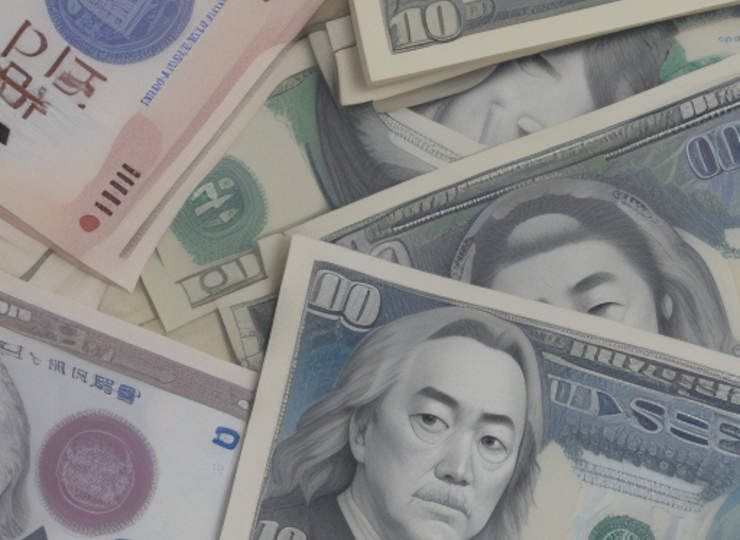文字のサイズ
- 小
- 中
- 大
US, Japan and South Korea finance ministers meet, agree on concerns over excessive currency depreciation
The US, US and South Korean Finance Ministers’ meeting sounded the alarm on excessive currency depreciation and the US shared the perception.

US Fed Chairman Jerome Powell participated in a panel discussion with Bank of Canada Governor David MacLem, saying that “it is clear that recent data do not deepen our conviction; on the contrary, they suggest that conviction is likely to take longer than assumed”.
At the post-FOMC press conference in December last year, Chairman Powell said that the FOMC was “considering a rate cut” and since then financial markets have been working on the assumption that the start of a US interest rate cut would take place this year. The fact that stock prices have risen by about 20% this year is probably largely due to the impact of last year’s rate cut statement. The dollar has been steady due to Chairman Powell’s comments, but if the US, Japan and South Korea finance ministers meet in conjunction with the G20 and take action against the overly strong dollar in Japan and South Korea at the same time, it would send a reasonable market message and the dollar and yen would probably adjust slightly.
Reports of an Israeli attack on Iran sent markets sharply in a risk-off direction, with some yen crosses, such as the peso-yen, falling to ridiculous depths. However, as the attack was carried out by drones rather than missiles, and many of the missiles were shot down and the nuclear facilities were not damaged, further deterioration of the situation may be avoided if Iran decides not to strike back at this point. Is it rather more serious that share prices are falling due to rising interest rates in the US and peeling expectations for semiconductor stocks? The adjustment in stock prices is likely to be protracted.
The South Korean won rose following the statement. From a high of 1,400, it is currently at 1,374, a movement of about 1.85%. The Taiwan dollar has also been suffering from currency weakness recently, but the dollar/yen has hardly moved at all as it is currently around 154.40 yen from yesterday’s high of around 154.80. Looking at this situation, the changes over the past year will still be important. We would like to confirm the temporary strength of the yen before the long-term depreciation of the yen.
Currently, intervention could come in at any time. The near-term high is likely to be around 155 yen.
However, there is a question mark over the sustainability of intervention. Even if the dollar-yen exchange rate falls, it will only end up providing a buying opportunity. Even if there is a temporary effect, it would be quite difficult to reverse the trend.
As far as the eurodollar is concerned, ECB President Lagarde said that the ECB will cut rates soon, unless there are major surprises, and recently fell below the important support of 1.07. The market is likely to continue to return to the market.
The ECB has clearly indicated that it intends to cut interest rates from June, while the Fed has reduced the number of rate cuts during the year from around 6-7 at the beginning of the year to two at present, despite hints of a rate cut. This is effectively a move tantamount to a rate hike.
Short the euro, which is heading for a rate cut, and long the dollar, which continues to have high interest rates. This is a rational trade. In the near term, we should expect the euro to weaken further and the dollar to strengthen.
And although next week’s BoJ policy meeting is likely to be too early for a policy change, the BoJ is slowly and steadily becoming more hawkish, and depending on the content of the outlook report, a rate hike at the next meeting may be a possibility.






